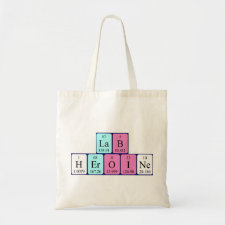
Authors: Zhao YY, Ma YX, Li H, Wang LY
Article Title: Composite QDs@MIP Nanospheres for Specific Recognition and Direct Fluorescent Quantification of Pesticides in Aqueous Media.
Publication date: 2012
Journal: Analytical Chemistry
Volume: 84
Issue: (1)
Page numbers: 386-395.
DOI: 10.1021/ac202735v
Abstract: Quantum dots (QDs)-based molecularly imprinted polymer (MIP) composite nanospheres were successfully prepared via a facile and versatile ultrasonication-assisted encapsulation method. Unlike the hydrogen-bond-based MIPs, these so-prepared QDs-MIP composite nanospheres, relying on the interaction including van der Waals forces and hydrophobic forces, demonstrated excellent selectivity in aqueous media. Their small particle sizes and carboxyl-enriched polymer matrixes give rise to their good dispersibility and stability in aqueous solution, and faster adsorption and desorption kinetics, which further make them extensively applicable for chemical/biological sensors in aqueous media. Based on the fluorescence quenching via template analytes (diazinon) rebinding into the recognition cavities in the polymer matrixes, the QDs-MIP nanospheres were successfully applied to the direct fluorescence quantification of diazinon, independent of extracting templates from the MIP nanospheres, as well as further complicated and time-consuming assays. This novel method can selectively and sensitively detect down to 50 ng/mL of diazinon in water, and a linear relationship has been obtained covering the concentration range of 50 - 600 ng/mL. The present studies provide a new and general strategy to fabricate other multifunctional (luminescent and magnetic) inorganic-organic MIP nanocomposites with highly selective recognition ability in aqueous media and are pretty desirable for biomedical/chemical sensing applications
Template and target information: diazinon



Join the Society for Molecular Imprinting

New items RSS feed
Sign-up for e-mail updates:
Choose between receiving an occasional newsletter or more frequent e-mail alerts.
Click here to go to the sign-up page.
Is your name elemental or peptidic? Enter your name and find out by clicking either of the buttons below!
Other products you may like:
 MIPdatabase
MIPdatabase









